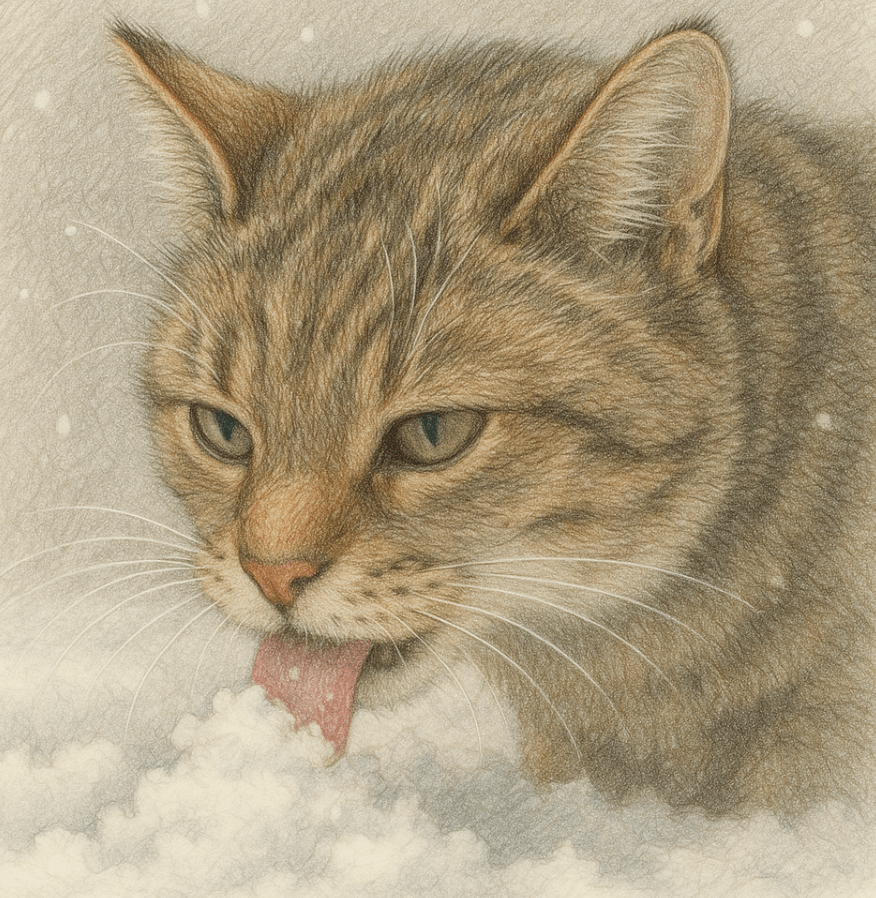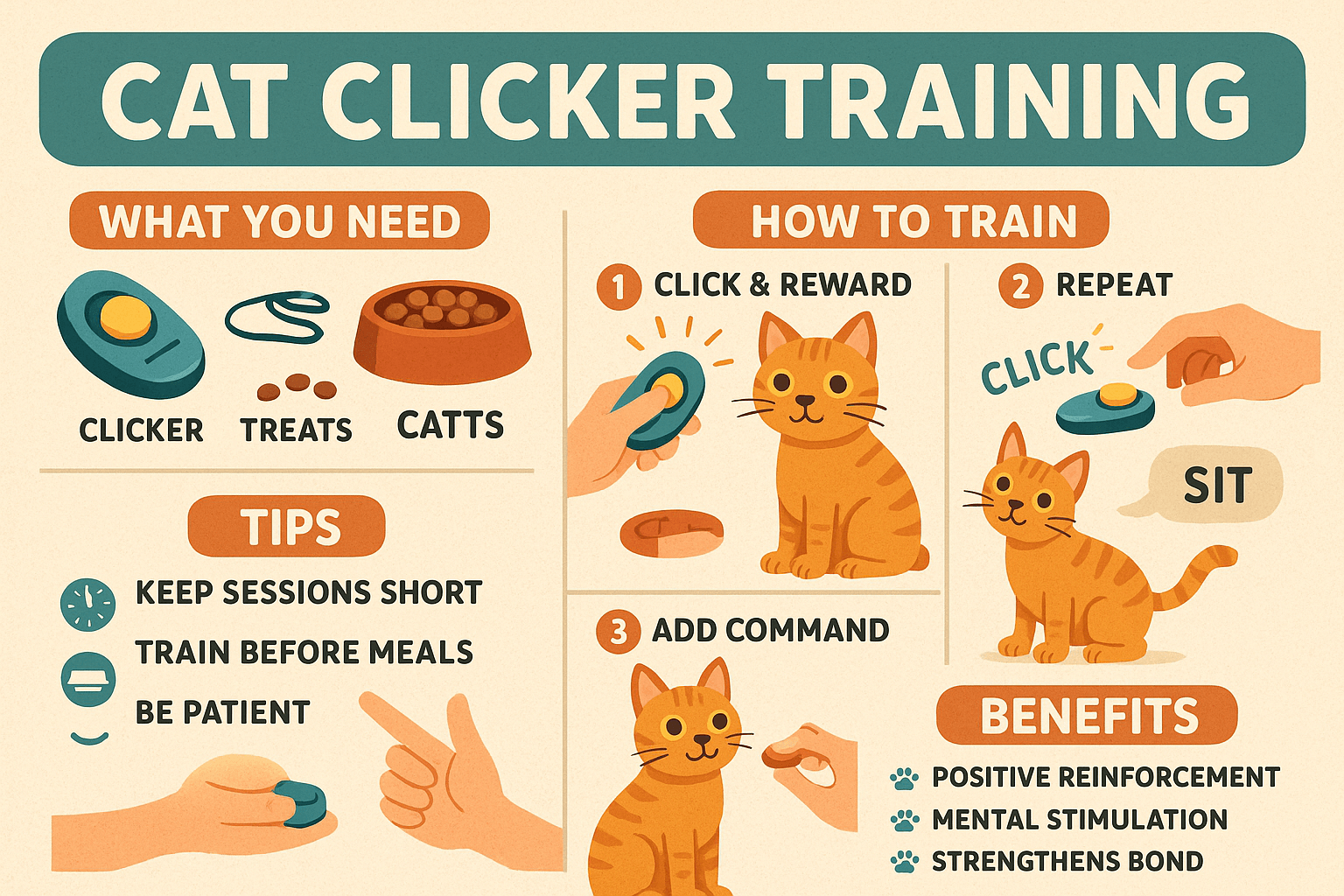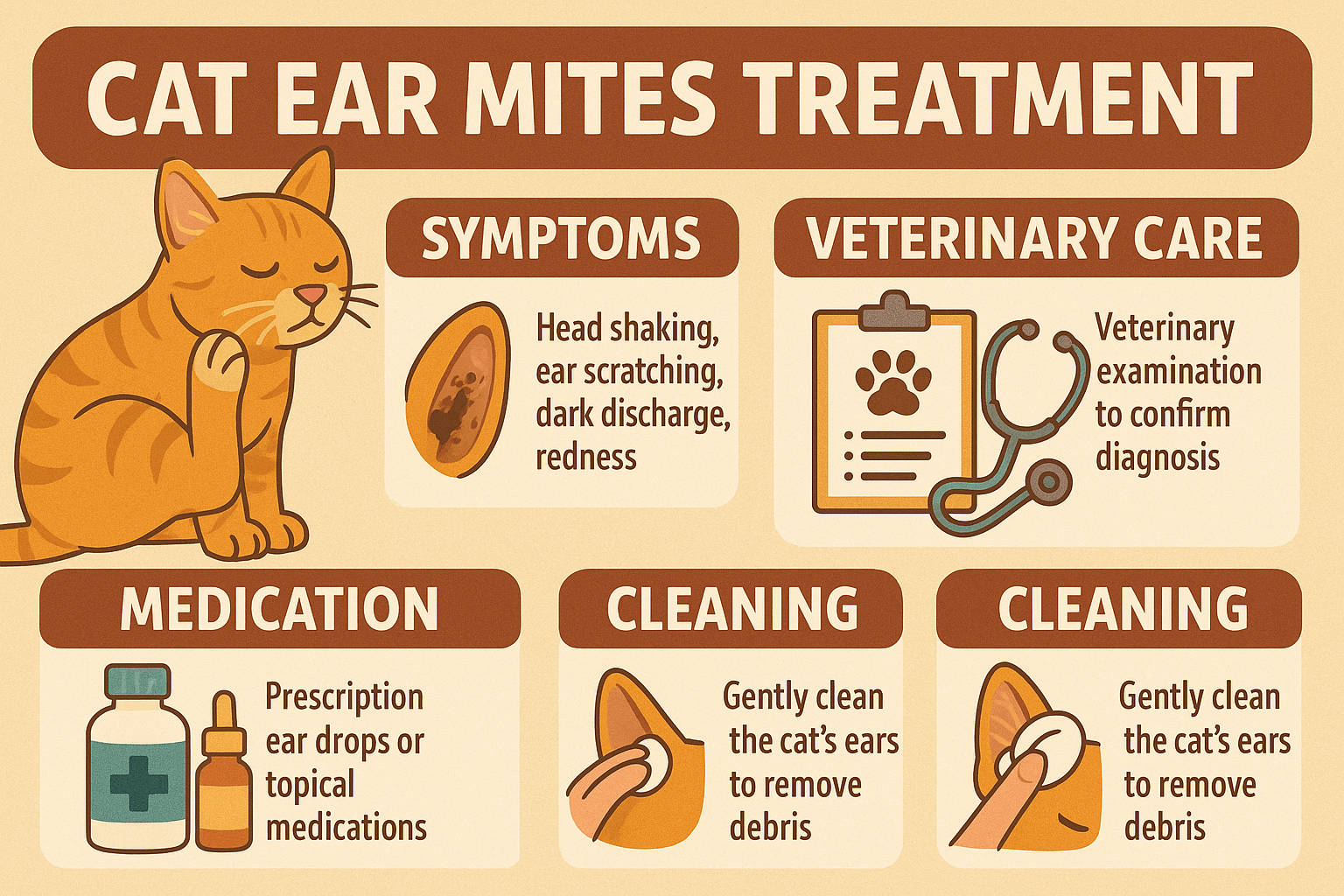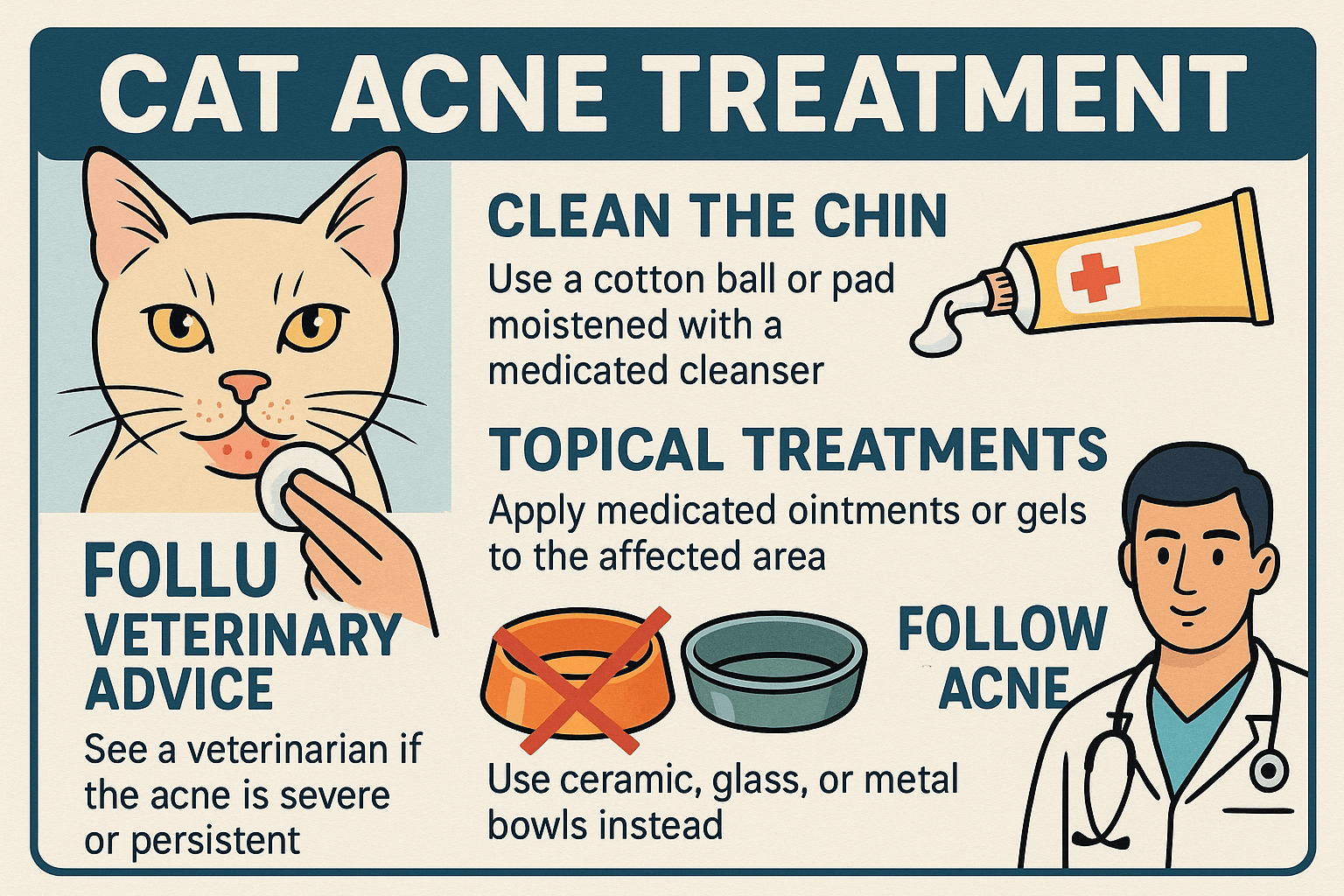Can Cats Eat Snow?
Winter brings a magical transformation to the world, blanketing everything in pristine white snow. For many pet owners, watching their cats curiously sniff or nibble on snow can raise questions about whether this behavior is safe. While cats are naturally curious creatures, their interaction with snow requires careful consideration. Understanding the potential risks and benefits of letting your cat eat snow can help you make informed decisions about their safety and well-being. In this blog post, we’ll explore everything you need to know about cats and snow, from health concerns to safer alternatives for hydration.
Potential Risks of Cats Eating Snow
While snow might seem harmless, it can pose several risks to your cat’s health, especially if consumed in large amounts or under certain conditions. Here are some key concerns to keep in mind.
Cold Exposure:
Eating snow can lower your cat’s body temperature, potentially leading to hypothermia if they ingest too much or stay outside for extended periods.Toxic Substances:
Snow in urban or suburban areas may contain harmful chemicals like road salt, antifreeze, or pesticides, which can be toxic if ingested.Contaminants and Dirt:
Snow often picks up dirt, debris, or bacteria from the environment, which could upset your cat’s stomach or cause infections.Dehydration Risk:
Consuming large amounts of snow can dehydrate your cat further, as their bodies must work harder to melt and process the frozen water.Choking Hazard:
Large chunks of snow or ice can pose a choking risk, especially for smaller or more aggressive eaters.
These risks highlight why it’s important to monitor your cat closely if they show interest in snow.
Benefits of Cats Interacting with Snow (When Safe)
Despite the risks, there are some potential benefits to cats interacting with snow, provided it’s done safely and in moderation.
Hydration Source:
Clean, fresh snow can provide a small amount of hydration, especially for outdoor cats during winter months.Mental Stimulation:
Playing in the snow offers sensory enrichment, satisfying your cat’s curiosity and natural instincts to explore new textures.Exercise Opportunity:
Chasing snowflakes or pawing at snow can encourage physical activity, helping them burn off excess energy.Cooling Effect:
In warmer indoor environments, a small amount of clean snow can offer a refreshing way for your cat to cool down.Bonding Experience:
Supervised playtime in the snow can strengthen the bond between you and your cat while creating fun memories.
While these benefits exist, they should always be weighed against the potential dangers of snow consumption.
Check this guide 👉Can Cats Eat Kefir? Best 7 Expert Tips!
Check this guide 👉Can Cats Eat Lanternflies? Best 7 Expert Tips!
Check this guide 👉Can Cats Eat Mochi? Best 7 Expert Tips!

Safe Alternatives to Snow | Risks of Unsafe Snow Consumption |
|---|---|
Fresh, filtered water in a bowl | Snow containing road salt or chemicals |
Ice cubes made from clean water | Contaminated snow with dirt or bacteria |
Wet cat food for added hydration | Hypothermia from consuming too much snow |
Shallow trays of clean, melted snow | Choking on large chunks of ice or snow |
Interactive toys for mental stimulation | Dehydration caused by excessive snow intake |
How to Safely Let Your Cat Interact with Snow
If you decide to let your cat experience snow, it’s essential to take precautions to minimize risks. Follow these guidelines to ensure their safety.
Choose Clean Snow:
Allow your cat to interact only with fresh, untouched snow away from roads, sidewalks, or industrial areas.Limit Exposure Time:
Keep outdoor sessions short to prevent hypothermia or overexertion in cold temperatures.Supervise Closely:
Always stay nearby to monitor your cat’s behavior and intervene if they start eating unsafe snow.Provide Warm Shelter:
After playing in the snow, bring your cat indoors to a warm, cozy space to recover quickly.Offer Fresh Water:
Ensure your cat has access to clean, room-temperature water to discourage them from eating snow for hydration.
By following these steps, you can create a safer and more enjoyable snow experience for your cat.
Signs Your Cat May Be Struggling After Eating Snow
Even with precautions, complications can arise if your cat consumes snow improperly. Watch for these warning signs to act quickly if something goes wrong.
Lethargy or Weakness:
These symptoms may indicate hypothermia or dehydration caused by excessive snow consumption.Vomiting or Diarrhea:
Digestive issues could result from ingesting contaminated or dirty snow.Difficulty Breathing:
Cold exposure or inhaling snow particles can lead to respiratory distress in some cases.Pawing at Mouth:
This behavior may suggest irritation or injury from chewing on icy snow or sharp edges.Loss of Appetite:
If your cat refuses food after eating snow, it could signal discomfort or illness requiring veterinary attention.
Recognizing these signs early allows you to seek veterinary care promptly, preventing further complications.
Common Mistakes to Avoid When Letting Cats Play in Snow
Allowing your cat to interact with snow requires careful planning to avoid mistakes that could endanger their health. Here are some pitfalls to watch out for.
Ignoring Environmental Hazards:
Failing to check for contaminants like road salt or chemicals can expose your cat to toxins.Leaving Them Unsupervised:
Allowing your cat to roam freely in snowy areas increases the risk of accidents or ingestion of harmful substances.Overlooking Hydration Needs:
Assuming snow will hydrate your cat can lead to dehydration if they consume too much frozen water.Neglecting Warmth After Play:
Forgetting to dry off your cat or provide warmth after snow exposure can lead to hypothermia or discomfort.Encouraging Aggressive Snow Eating:
Allowing your cat to chew on large chunks of ice or snow can result in choking or dental injuries.
Avoiding these mistakes ensures a safer and healthier experience for your cat.
Alternatives That Mimic the Fun of Snow
If you’re concerned about letting your cat interact with snow, there are plenty of alternatives that mimic its appeal without the associated risks.
Ice Cubes Made from Water:
Place a few ice cubes in a shallow dish for your cat to paw at or lick safely.Interactive Toys:
Puzzle feeders or crinkly toys simulate the sensory experience of playing in snow.Shallow Trays of Water:
Fill a shallow container with clean water or melted snow for supervised exploration.Cat Grass Indoors:
Growing cat grass provides a textured surface for pawing and nibbling, similar to snow.Flavored Gelatin Treats:
Make homemade gelatin treats using pet-safe ingredients for a fun, squishy texture.
These alternatives allow you to cater to your cat’s instincts while keeping them safe.
Understanding Your Cat’s Natural Instincts Around Snow
Cats are drawn to snow because of their evolutionary history as hunters and explorers. Understanding their instincts helps explain their fascination.
Curiosity About New Textures:
Snow’s soft, cold texture stimulates their senses and satisfies their innate desire to investigate.Hunting Simulation:
Chasing falling snowflakes mimics the thrill of hunting prey, engaging their predatory instincts.Thirst Quenching Behavior:
Some cats eat snow as an instinctual attempt to hydrate, especially if they’re thirsty.Playful Exploration:
Cats use their paws and mouths to explore unfamiliar objects, and snow offers a unique opportunity for discovery.Cooling Down:
Even in winter, cats may seek cooling sensations, and snow provides a refreshing option.
By recognizing these behaviors, you can better address your cat’s needs in a safe and controlled manner.
Frequently Asked Questions About Cats and Snow
Is it safe for my cat to eat snow?
Small amounts of clean snow are generally safe, but it’s better to discourage this habit due to potential risks.
What should I do if my cat eats dirty snow?
Monitor them closely for signs of illness and contact your vet if they show symptoms like vomiting or lethargy.
Can indoor cats eat snow?
Yes, but only if the snow is clean and brought indoors; otherwise, stick to providing fresh water.
How can I stop my cat from eating snow?
Redirect their attention with toys, treats, or interactive play, and ensure they have access to clean water.
Should I bathe my cat after they play in the snow?
Not necessarily, but wipe their paws with a damp cloth to remove any salt or chemicals before they groom themselves.
Prioritizing Your Cat’s Safety Around Snow
Cats are naturally curious, and their fascination with snow is understandable. However, as a responsible pet owner, it’s crucial to balance their curiosity with safety. By understanding the risks, providing safer alternatives, and supervising their interactions, you can ensure your cat enjoys winter without compromising their health. Remember, your feline friend relies on you to make the best choices for them—so always prioritize their well-being above all else.
Cat Clicker Training: Best 7 Expert Tips! Discover how to train your cat using clicker techniques, improve behavior, and strengthen your bond with simple, effective strategies.
Lorem ipsum dolor sit amet, consectetur adipiscing elit. Ut elit tellus, luctus nec ullamcorper mattis, pulvinar dapibus leo.
Cat Ear Mites Treatment: Best 7 Expert Tips! Discover effective solutions to treat and prevent ear mites in cats, ensuring your pet's comfort and health with expert advice.
Cat Acne Treatment: Best 7 Expert Tips! Discover effective remedies, prevention strategies, and expert advice to treat and manage feline acne for a healthier, happier cat.



